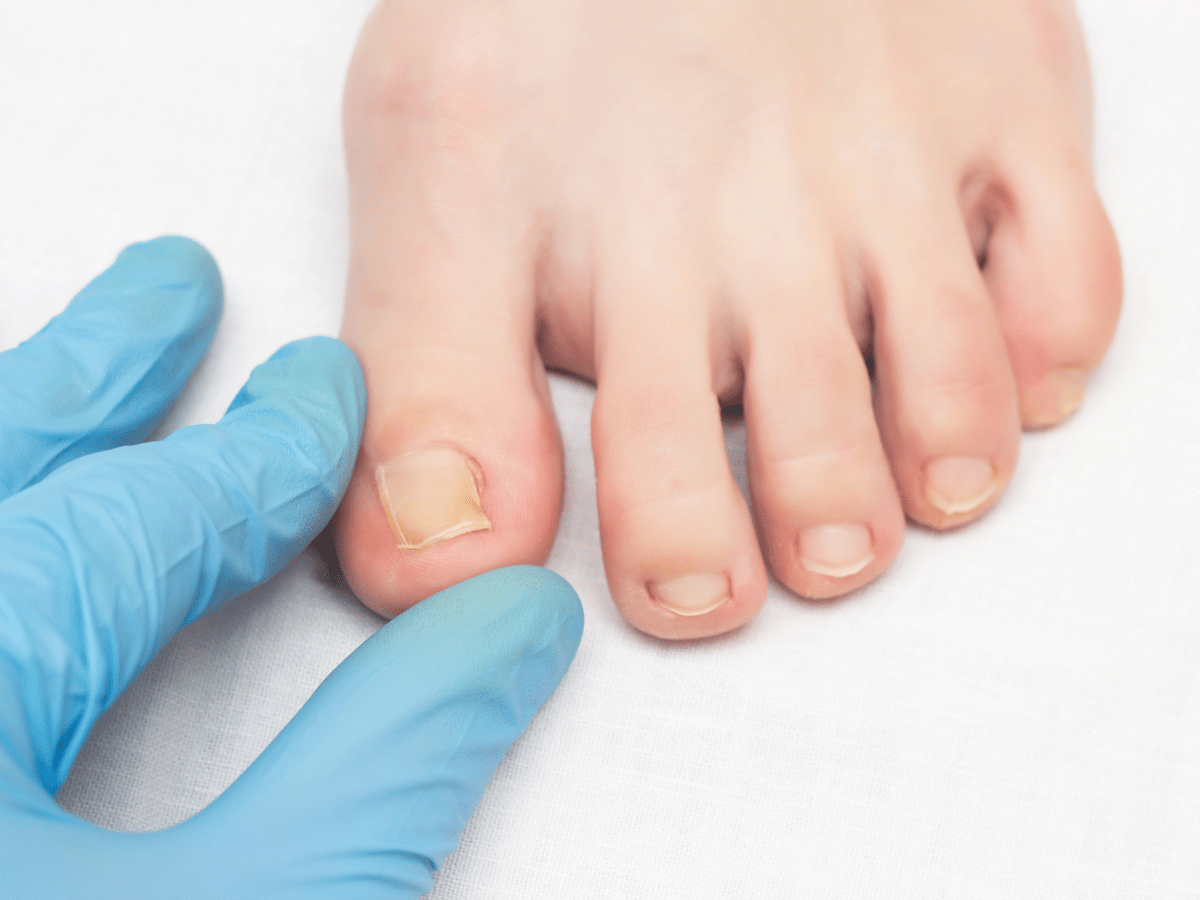
Let’s start at the root, literally. An ingrown nail, known medically as onychocryptosis, occurs when the side or edge of a toenail grows into the skin next to it. The result? Swelling, pain, and, if ignored, possible infection. It’s most common on the big toe, but it can develop on any toenail.
While it might seem like a minor inconvenience at first, an untreated ingrown nail can become a recurring issue, sometimes even requiring surgery. Understanding what causes it, and how to prevent it, is key to maintaining healthy feet.
It’s easy to think ingrown nails just happen out of the blue, but they usually develop because of certain habits or underlying conditions. Let’s look at some of the most common culprits:
An ingrown nail doesn’t usually hide its presence. It lets you know it’s there, loud and clear.
If you experience the following, there’s a good chance you’re dealing with one:
In diabetic patients or individuals with poor circulation, these symptoms warrant immediate attention. What may seem like a small issue can quickly spiral into serious infections or ulcers.
If your toe appears inflamed or infected, a quick trip to the doctor will likely start with a visual examination. We’ll take a detailed health history and inspect the nail’s shape, growth pattern, and surrounding tissue condition.
While imaging or lab cultures aren’t always necessary, they may be recommended if there’s extensive infection, persistent discomfort, or complications suspected beneath the nail.
We always prefer to start conservatively whenever possible. Here’s a breakdown of your options:
Home Remedies (for mild cases):
WHEN to See a Doctor:
If pain persists, the area becomes redder, or discharge begins, it’s time to get professional help.
Nonsurgical Medical Treatment:
Surgical and Advanced Treatments (for recurring or severe cases):
All surgical treatments at South Florida Multispecialty Hospital are performed under sterile conditions and are typically well-tolerated with minimal downtime.
Good news, most ingrown toenails are preventable. It starts with simple, smart habits:
For diabetic patients or those with poor circulation, ingrown nails are more than a nuisance. They’re a potential gateway to serious complications like cellulitis or even systemic infection.
If you’re in this group, make foot inspections a daily habit. Report any changes, no matter how small, to your provider. At our hospital, we routinely care for individuals with chronic health concerns, offering proactive foot assessments and early treatment protocols.
Sometimes home care isn’t enough. You’ll want to reach out to a healthcare professional if:
It’s always better to be safe and have your toe properly evaluated by podiatric specialists.
When it comes to foot health, small problems can become large ones if we ignore early warning signs. Ingrown toenails may start as a minor inconvenience, but they can turn into recurring sources of pain and infection if not treated properly.
At South Florida Multispecialty Hospital, we believe everyone deserves to walk, run, and move without pain. Whether you’re managing your first ingrown nail or dealing with a stubborn recurring issue, our team is here to support you with expert care, from accurate diagnosis to advanced treatment options.
Take the step, quite literally, toward healthier feet.
If you’re experiencing foot discomfort, swelling, or signs of an ingrown nail, connect with the experienced specialists at South Florida Multispecialty Hospital today. Early care is the first step to lasting foot health.
An ingrown nail occurs when the edge of a toenail grows into the surrounding skin, creating pressure, pain, and sometimes infection. It can result from improper trimming, trauma, tight footwear, or naturally curved nails.
Look for pain along the nail margin, redness, swelling, tenderness, and if infected, pus or discharge. Walking or wearing shoes may become uncomfortable.
Rounding the nails or cutting them too short encourages the skin to overlap the nail as it grows. Tight shoes further squeeze the nail into the surrounding tissue, worsening the problem.
Cut nails straight across, wear well-fitting shoes, keep feet clean and dry, and avoid trauma to the toenails.
See a healthcare provider if symptoms persist beyond a few days, if infection develops, or if you have underlying health issues like diabetes.
Home care includes warm soaks and gentle lifting, suitable for early or minor cases. Professional care may involve antibiotics, splinting, or surgical removal for more advanced or chronic ingrown nails.
Yes. Partial or total nail avulsion with or without nail matrix removal can resolve severe cases. These procedures are usually simple and minimally invasive.
Daily foot checks, regular visits to a podiatrist, and avoiding any self-treatment without professional input are critical steps for diabetic or vascular patients.
Your health deserves dedicated attention and comprehensive care. Join our Concierge Primary Medical Care program today and experience a new standard of personalized medical care.
Schedule a consultation now using the below listed form!
Connect with South Florida’s trusted multispecialty care team and take control of your health with compassion and convenience.
©2025 South Florida Multispecialty Medical Group. All Rights Reserved.